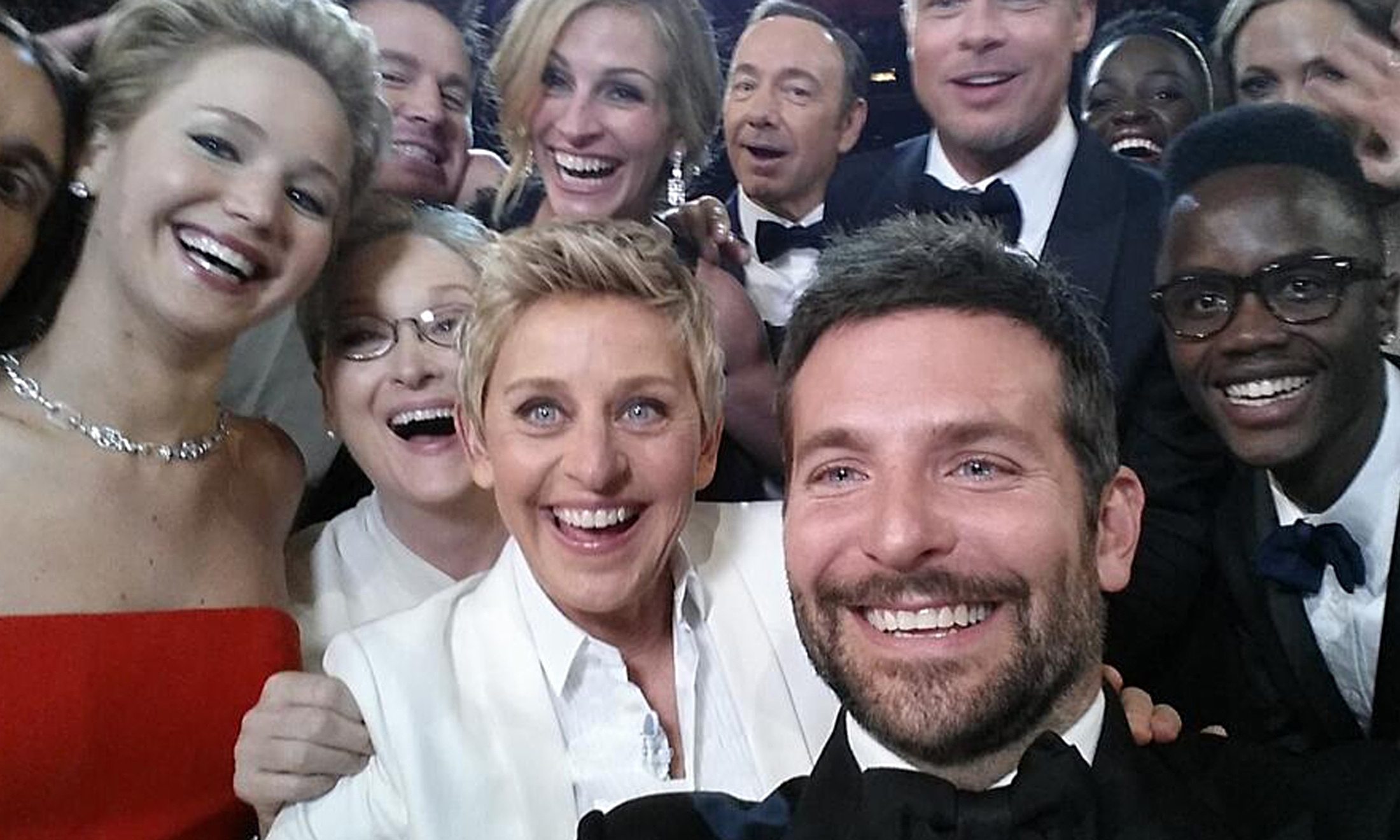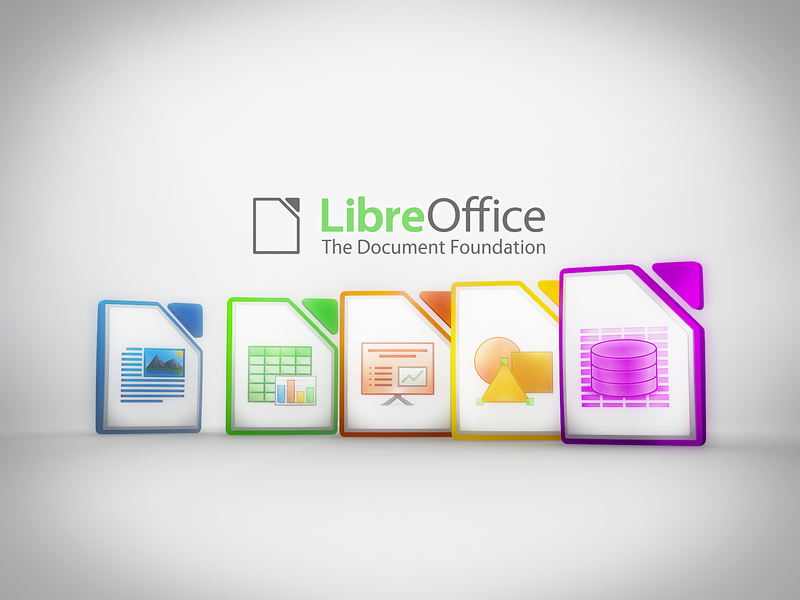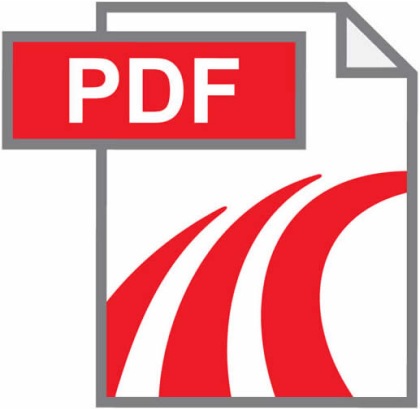One of the topics we have been discussing in ECO is blended learning. Blended Learning is an approach to learning and teaching which combines and aligns learning undertaken in face-to-face sessions with learning opportunities created online. These are:
- Full provision of module related documents in electronic format;
- Regular formative assessment with feedback,
- Opportunities to learn from each other collaboratively,
- Electronic personal development planning,
- The opportunity to submit all appropriate summative assessments electronically,
- And that all face to face learning is interactive
- Have 24/7 access to all learning content, and to ensure equality of access;
- Gauge their progress against the learning outcomes, to receive supporting feedback on this progress, and for staff to have information on student progress;
- Participate in, and engage with interactive learning opportunities in her or his face-to-face learning sessions.
use asynchronous collaborative learning which extends the face to face learning, creating supportive learning networks, managed by learners at a time and place best suited to their needs;
- understand better her or his learning process, act on feedback, so as to become more effective and successful, as well as collecting evidence on achievement to enhance our learners employability;
- save time and paper, and provide feedback quickly to each learner.
Source: University of Wolverhampton.
 |
| Click to enlarge. |
Using blended learning as a teaching and learning approach does not mean that technology is the center of your teaching, but rather a tool of your teaching. I think that blended learning is a good way of breaking the mould in schools, because teachers have been using coursebooks as their only tool for years now. Using blended learning would mean that learners would have many opportunities of using different software and webs to be in contact with teachers and at the same time, do activities to practise and learn new contents. Some of the difficulties that I found in blended learning is that teachers and students need technological resources that enables them to work comfortably. This means that schools need at least a good amount of computers that work well. Also, teachers need to know what and how to use technological resources. Not being able to use them properly would be a setback, but luckily this can be solved by teaching teachers how to use technological resources.
Here I found a video in which teachers explain their experience using blended learning:
In this video, you can see Monique Markoff talking about blended learning in a Tedx Talk.


















